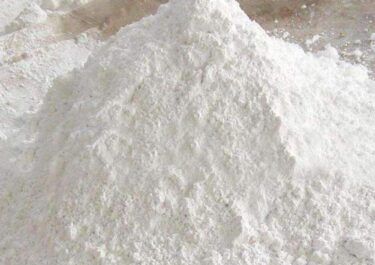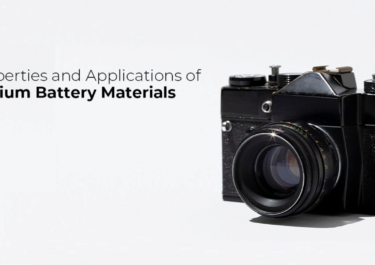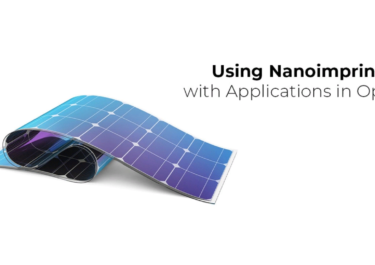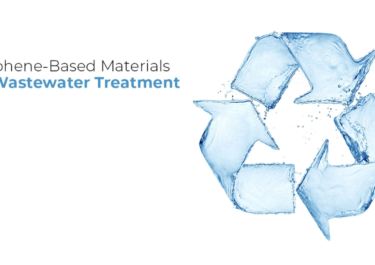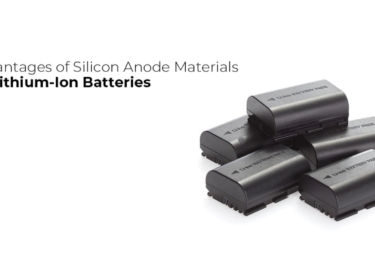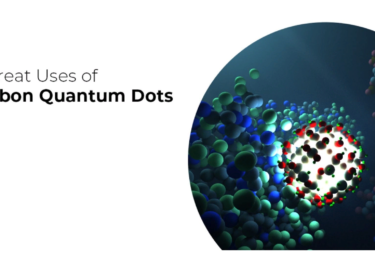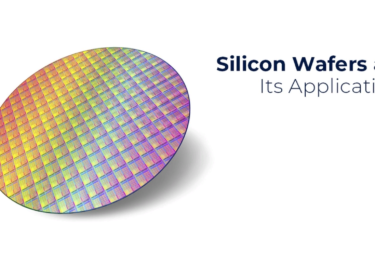Nanocalcite/Calcium Carbonate Nanopowder
Nanocalcite or Calcium carbonate is a chemical compound with the formula CaCO3 formed by three main
elements: carbon, oxygen, and calcium.
Nanotechnology in Medicine
Nanomedicine is a relatively new field of science and technology.
Liquid Nano Clay
Nanotechnology is one of the most important tools in modern agriculture, and agri-food nanotechnology is
anticipated to become a driving economic force in the near future.
Nanotechnology to Better the Diesel Engine Performance
Recently, characteristics and performance of diesel engines have been improved using nanostructured materials, water and diesel emulsified fuels. Technically, the reduction in the gas exhaust emission in engines involves two different methods. According to first method, exhaust gas emission is reduced via an exhaust gas treatment device such as a diesel particulate filter and a
Best Cathode and Anode Materials for Batteries
Cathode and Anode materials are a part of every battery because this is the main source of how the working of a battery is enhanced or properly stimulated. Lithium-ion batteries are discussed here and about how and what sort of mechanics are involved while preparing the mechanics of cathode and anode materials. These are essential
Advantages of 3D Printing in Nanotechnology
Both 3D printing and nanotechnology often join forces to provide novel structures and application methods. Nanomaterials are utilized to enhance the features of printed materials such as electrical conductivity and sensing properties while 3D printing technologies are utilized to obtain nanosized structures that are not feasible by any other method. Up until the 1980s, the general manufacturing approach
Graphene Nanoribbon Synthesis for Advanced Quantum Devices
Graphene nanoribbons with atomic-level precision draw a lot of attention and interest more specifically because of their remarkable tunability in transport, optical and electronic properties. The synthesis of graphene nanoribbons based on the on-surface synthesis approach is according to the chemical reactions which are basically assisted by the metal surface on which metallic substrates profoundly
Nanocellulose as a Perfect Alternative to Plastics
Today, plastics based on petroleum including PP, PE, PVC and so forth have turned out to be the major source of pollution in the environment. It is mostly because of their hard degradation and inducing a series of threats to the human and other species. There are now a lot of ongoing efforts develop materials of
Nanodiamonds for Improving Lithium Battery Performance
Nano-diamonds are diamonds that are present in the form of nanoparticles exhibiting that their size is so small that they cannot be seen with the naked eye and rather a microscope is used to see them. A specialized process with a lot of critical steps is conducted to carry out this formation successfully. Nano-diamonds have
Polytetrafluoroethylene as Excellent Binder for Li-ion Battery
It is Essential for lithium-ion batteries to have an appropriate binder for their electrodes. In fact, the binders must have enough durability and a long life as significant requirements to be employed for electrodes. Basically, binders need to be electrochemically stable and chemically inert in order for lithium-ion batteries to show excellent performance. Furthermore, PTFE
Graphene Quantum Dots: Properties, Synthesis & Applications
Graphene blocks, which are two-dimensional, transverse sized are called graphene quantum dots (GQD), exhibiting physical, chemical, and biological properties. GQD has a better prospect in the biomedical environment due to its small size (less than 100nm). Different studies showed that GQDs are less biotoxic and more biocompatible. Different methods are used for the synthesis of
Revolutionary Steps in Nanotechnology and Smartphones
Nanotechnology is engineering, science, and technology conducted at the nanoscale. 1 nanometer is a meter’s 10-9 or a meter’s billionth. Researchers want to make the materials at the nanoscale so they can have greater chemical reactivity, increased control of the light spectrum, lighter weight, and higher strength as compared to their larger-scale counterparts. Now, nanotechnology
Silicon-Based Wafer for Best Photovoltaics Applications
Silicon has predominant applications in photovoltaics as the raw material for multi-crystalline and monocrystalline wafers and thin-film silicon. Today in solar cell technology, crystalline silicon wafers are considered the most common basis for the solar cell production industry. Therefore, a lot of attention is paid to silicon as the most critical material for photovoltaics these
Uses of Nanomaterials in Bio-Inspired Soft Robotics
Nano-sized particles exist in nature and they can be created with a variety of materials and products, like silver or carbon. Nanomaterials are characterized by their small size and are measured in nanometers. Engineered nanomaterials (ENMs) are materials that are engineered on small scale and they have exceptional electrical, mechanical, and optical properties, which exhibit
Synthesis of Reduced Graphene Oxide
Graphene oxide is basically an electrically insulating material that is reduced from graphene and is considered as a highly conducting material with numerous applications in the fields of sensors, supercapacitors, nanocomposites, and nanoelectronics. There are a lot of methods to synthesize reduced graphene oxide. Graphene oxide layers contain numerous functional groups serving in the oxidization
Nano Cobalt Powder(Nano Co)
High-density magnetic recording material: It has the advantages of high recording density, high coercive force, high signal-to-noise ratio and good oxidation resistance, which can greatly improve the performance of magnetic tape and large-capacity hard and soft disks;
Nano Silicon Powder(Nano Si)
Nano silicon can be used in coatings to form into silicon nano film, which is widely used in solar energy;
Nano Aluminum Powder(Nano Al)
High efficiency combustion improver agent: Greatly improve the rocket solid fuel combustion efficiency and combustion speed, reduce the pressure index, improve the combustion stability.

